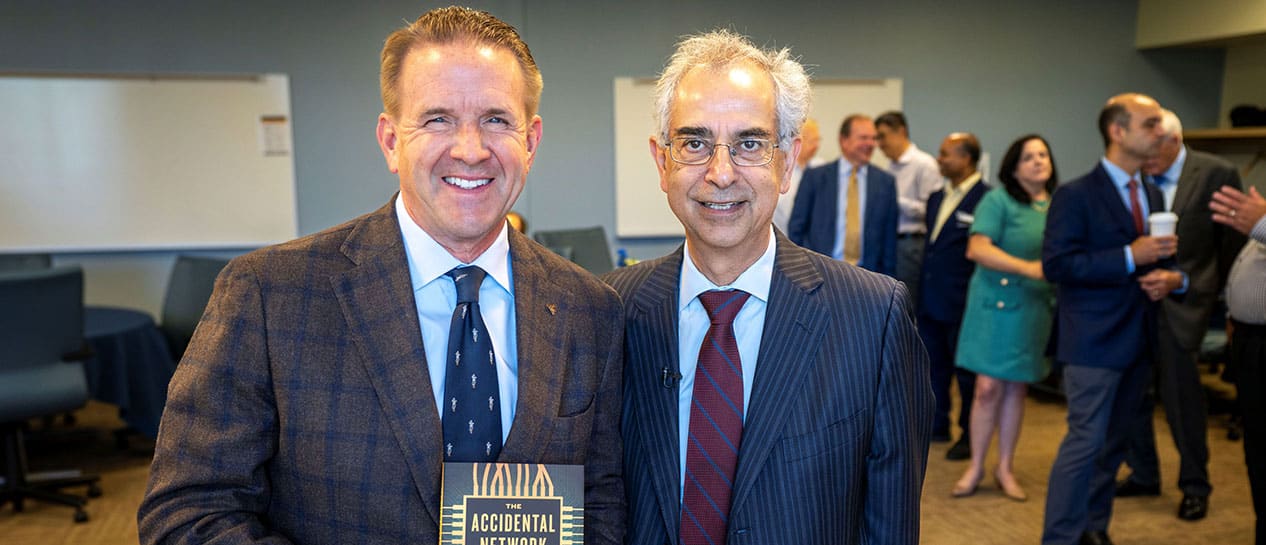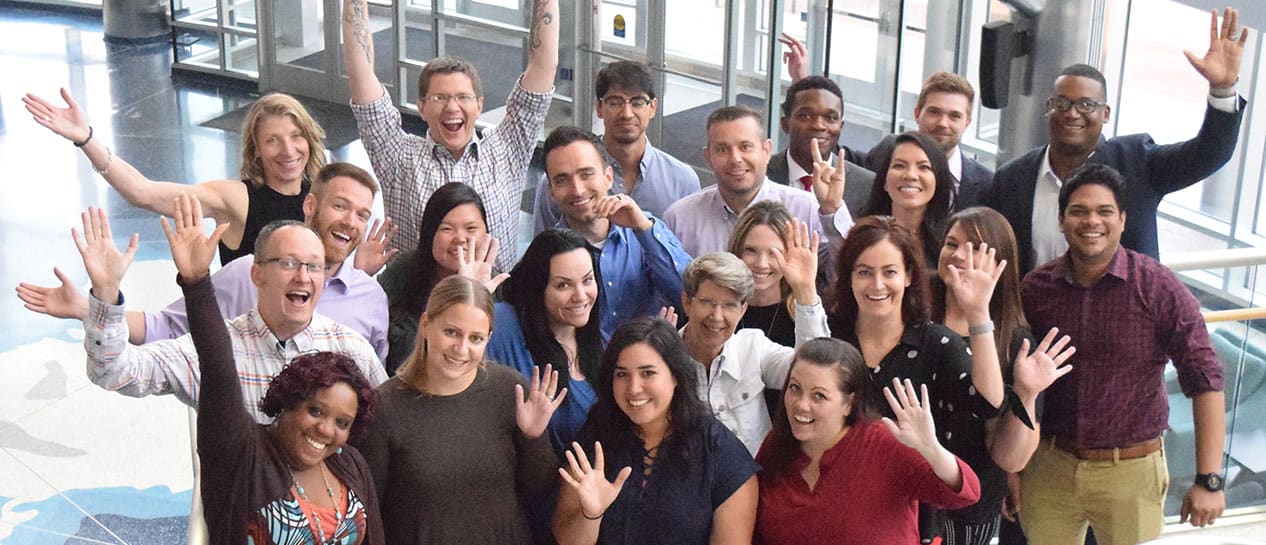While the pandemic has created many challenges for companies across the industry, it has also opened the door for innovation. From a rapid shift to WFH to transitioning to a virtual hiring and onboarding process, HR continues to rise to the occasion.
While the timing is ripe to be a creative thinker, it’s best to do some legwork before you share your idea. Through our work with intrapreneurs across the cable industry, we’ve identified three common mistakes that often lead to the demise of an innovative idea. The good news is that we’ve also identified how to avoid these pitfalls and gain buy-in from the decision makers.
Mistake: Fall in Love with Your Idea
You spent a lot of time brainstorming and believe you’ve identified a great solution to a problem within your company. You couldn’t wait to share it, but when you did, it fell on deaf ears. What in the world went wrong?
Solution: Fall in Love with the Problem
For an idea to gain traction with decision makers, it must fulfill two roles. First, it needs to solve a problem for customers (internal or external). Second, the idea must align with the company’s strategic priorities.
A good way to avoid falling in love with an idea is to dive deep into the problem. We teach participants in the Cable Center’s Intrapreneurship Academy to start by identifying a challenge that fits with the organization’s goals, then interview customers and stakeholders to refine their understanding of the problem. Often, they realize that the real problem is far different than the one they originally identified.
Mistake: The Premature Pitch
Once you’ve identified an idea and verified that it aligns with the company’s goals, one of the worst things that you can do is rush to share your idea before you can prove that it has value.
Solution: Determine the ROI
All organizations face resource constraints. As a result, HR professionals know that money and talent invested in one project means that there is less money and fewer people to dedicate to another initiative. Faced with this real-world trade-off, your idea must be more than a great solution to a real problem. It needs to have a believable path to value creation (e.g. more revenue or profit, lower costs, save time).
During the Intrapreneurship Academy, participants develop Reverse Financials in which they start with a revenue, profit, or cost savings goal and work backwards to identify all the things needed to achieve that goal. If these assumptions are believable, then you can proceed with confidence that your idea will deliver a solid ROI.
Mistake: Testing the Solution as a Whole
Companies tend to rely heavily on test markets to assess the viability and feasibility of new solutions. For example, they test a new product in a single city or region or roll out a new process or IT system at a single site. While this minimizes the risk of expensive negative consequences, companies are limited to learning only whether the initiative worked or not and are unable to isolate the root cause of unexpected or negative results.
Solution: Identify the Deal Killers
Scientists develop hypotheses and run experiments to prove or disprove them. They start small, running experiments in the safety of a lab. Then, only once certain risks have been eliminated, expand to bigger test environments, like human trials.
Human resources professionals can apply the same scientific approach to innovation by running business experiments. Once you’ve developed a solution and supporting value model, brainstorm all the assumptions (hypotheses) you’ve made, assessing each based on the confidence that they’re correct and the negative impact on the business if they’re wrong. Assumptions with low confidence and high negative impact, deemed “Deal Killers,” are tested individually over the course of 90 days. This way, variables are isolated and can be addressed.
The Time to Invest in Innovation Is Now
During the economic downturn in 2008, The Boston Consulting Group determined that the 50 Most Innovative Companies in 2007 that continued to invest in innovation delivered Total Shareholder Returns 4% higher per year (2007 – 2012) than the overall market1. This list of companies also delivered four times the return (as measured by percentage of sales) than their peers2.
If you’d like to invest in the power of innovation, the Cable Center’s Intrapreneurship Academy is a highly targeted, practical program that equips participants with the knowledge, skills and proven practices needed to innovate.
The tenets shared in this article are just a few examples of the insight that participants gain during the intrapreneurship program. To learn more, please visit www.intrapreneurshipacademy.org.
The Intrapreneurship Academy classes developed by The Cable Center are held throughout the year. For more information and to register, visit www.intrapreneurshipacademy.org. The Cable Center is an educational nonprofit organization serving the broadband, media and telecommunications industry. With the Cable Center’s focus on intrapreneurship, their mission is to connect people and ideas to advance innovation. Visit syndeoinstitute.org for more information.
Originally published at C2HR.org on October 22, 2020.
Robyn M. Bolton
Founder & Chief Navigator
MileZero
Robyn M. Bolton works with billion-dollar companies to use innovation to create meaningful new growth. You can read more about her and her work at www.milezero.
Janice Silver
VP Intrapreneurship Academy
The Cable Center
In her work leading IA, Janice Silver is passionate about amplifying intrapreneurship, advancing innovation, and creating lasting impact in our fast-changing industry. Learn more about IA at www.intrapreneurshipacademy.org.





